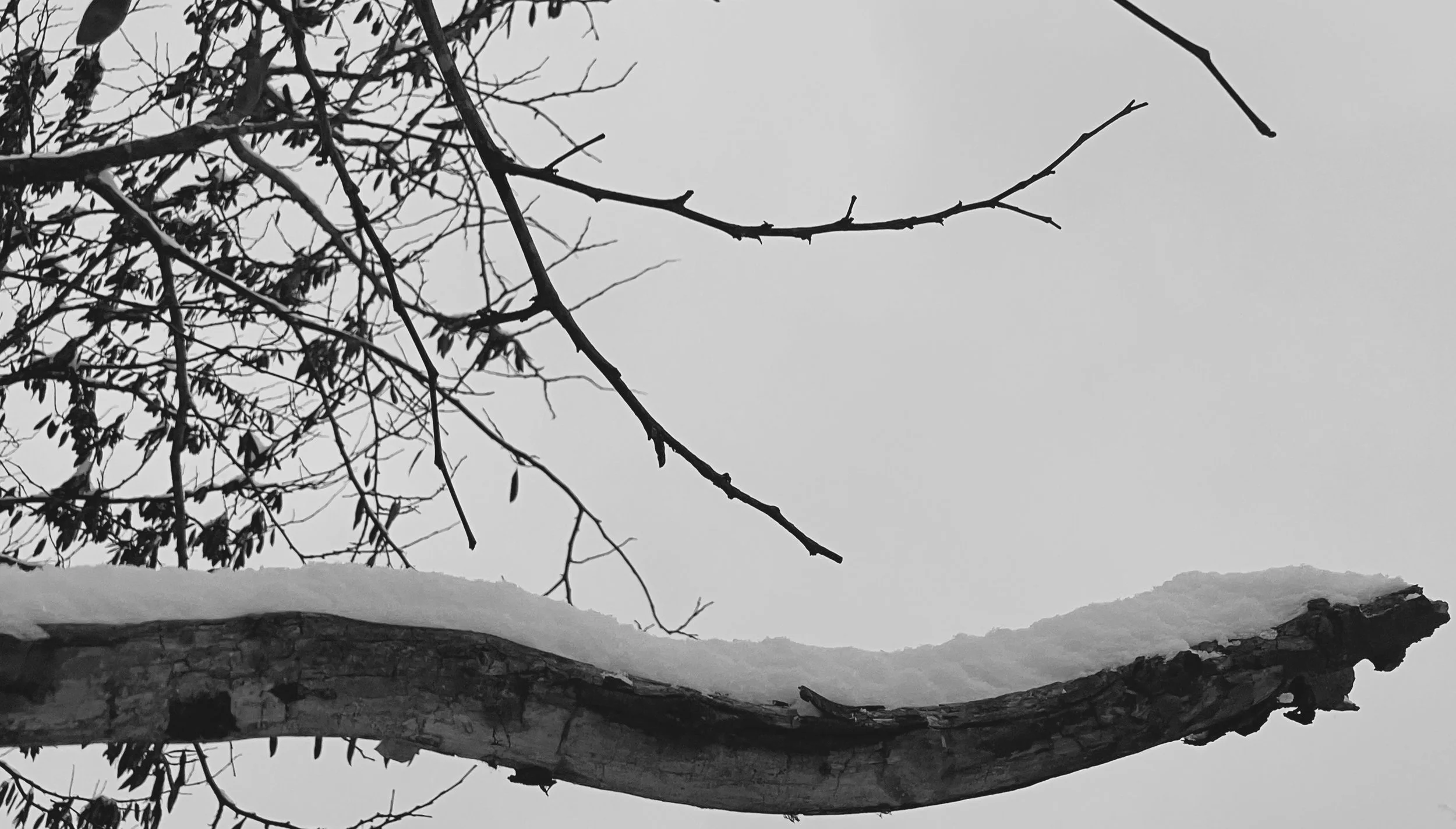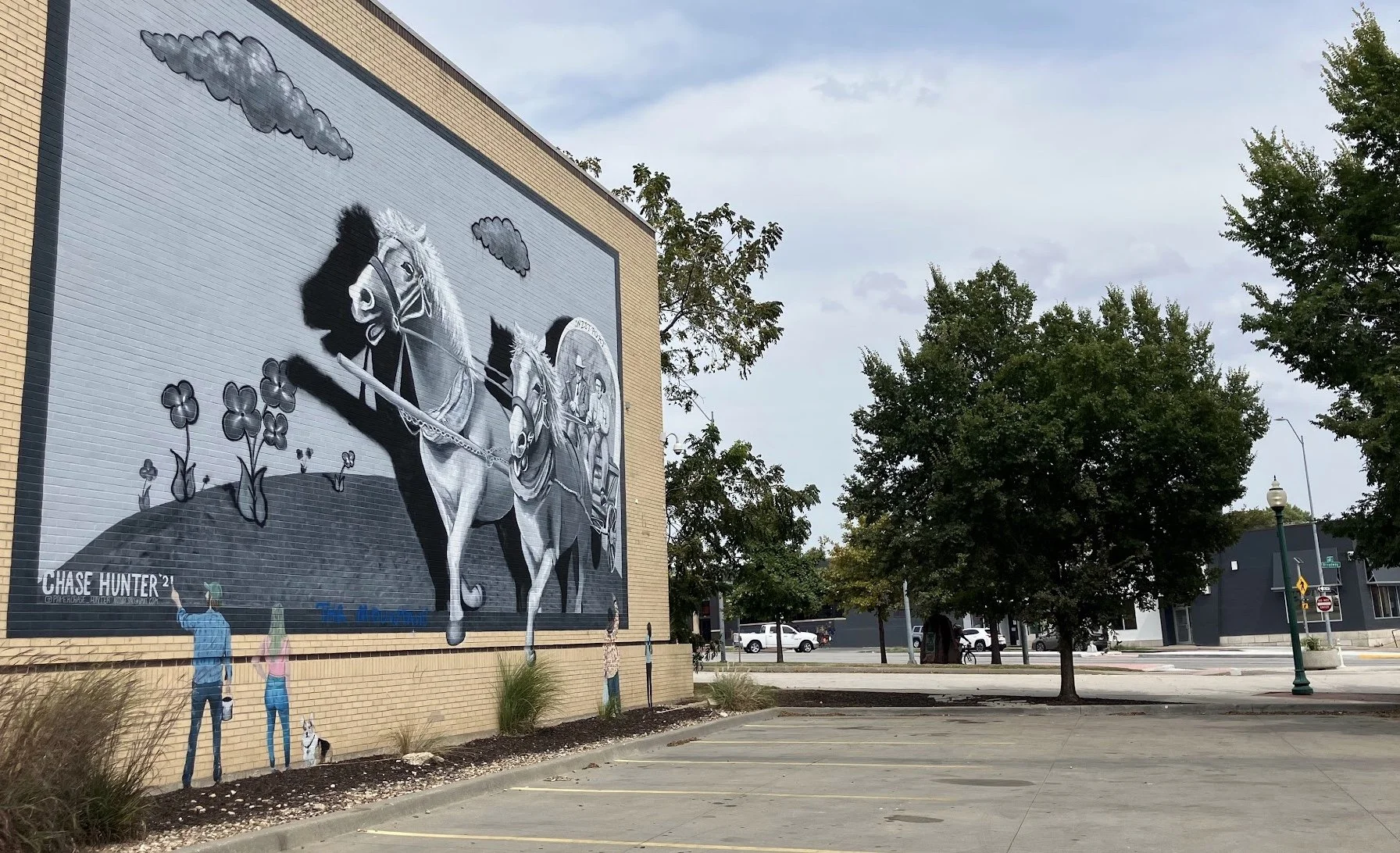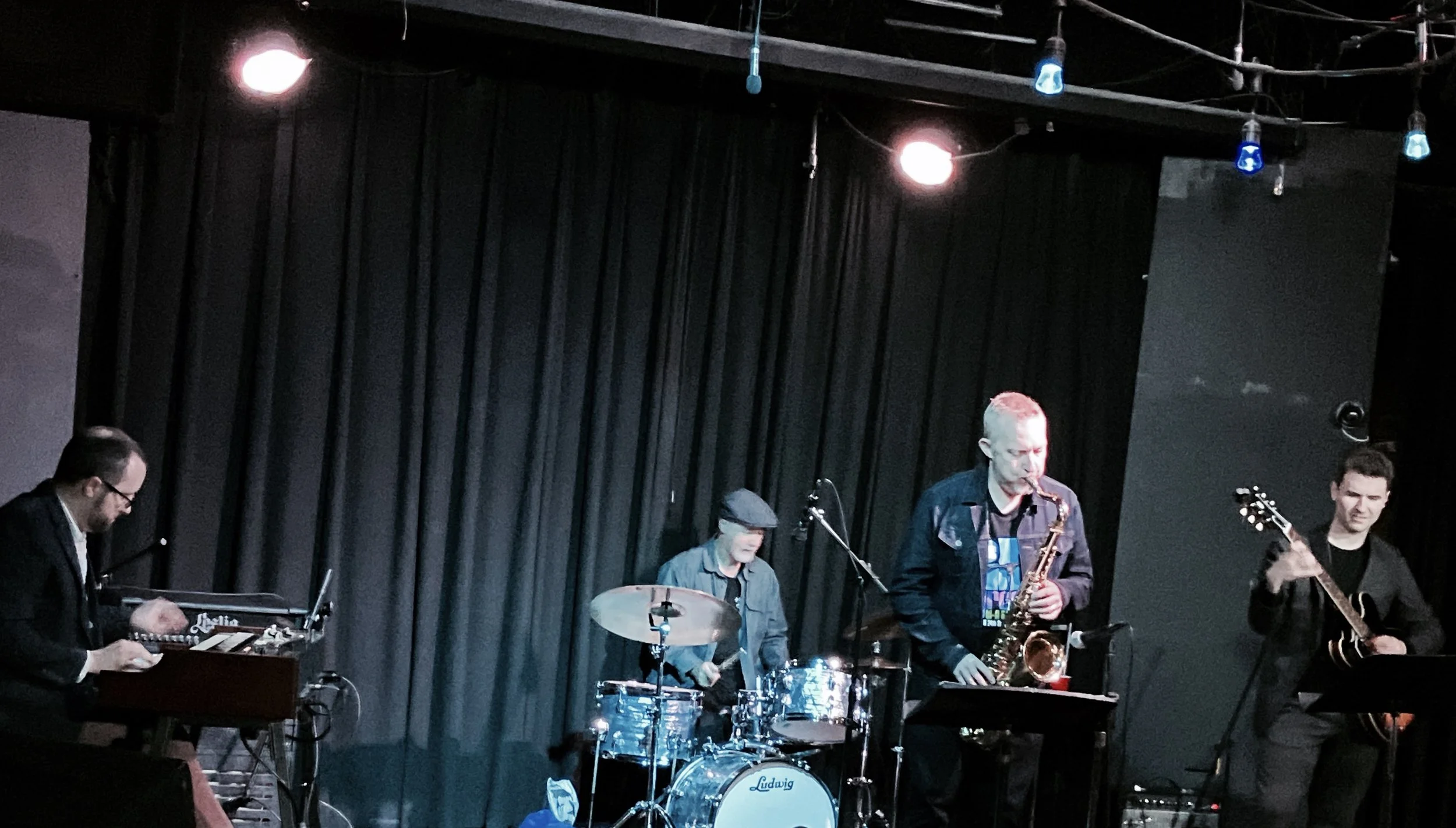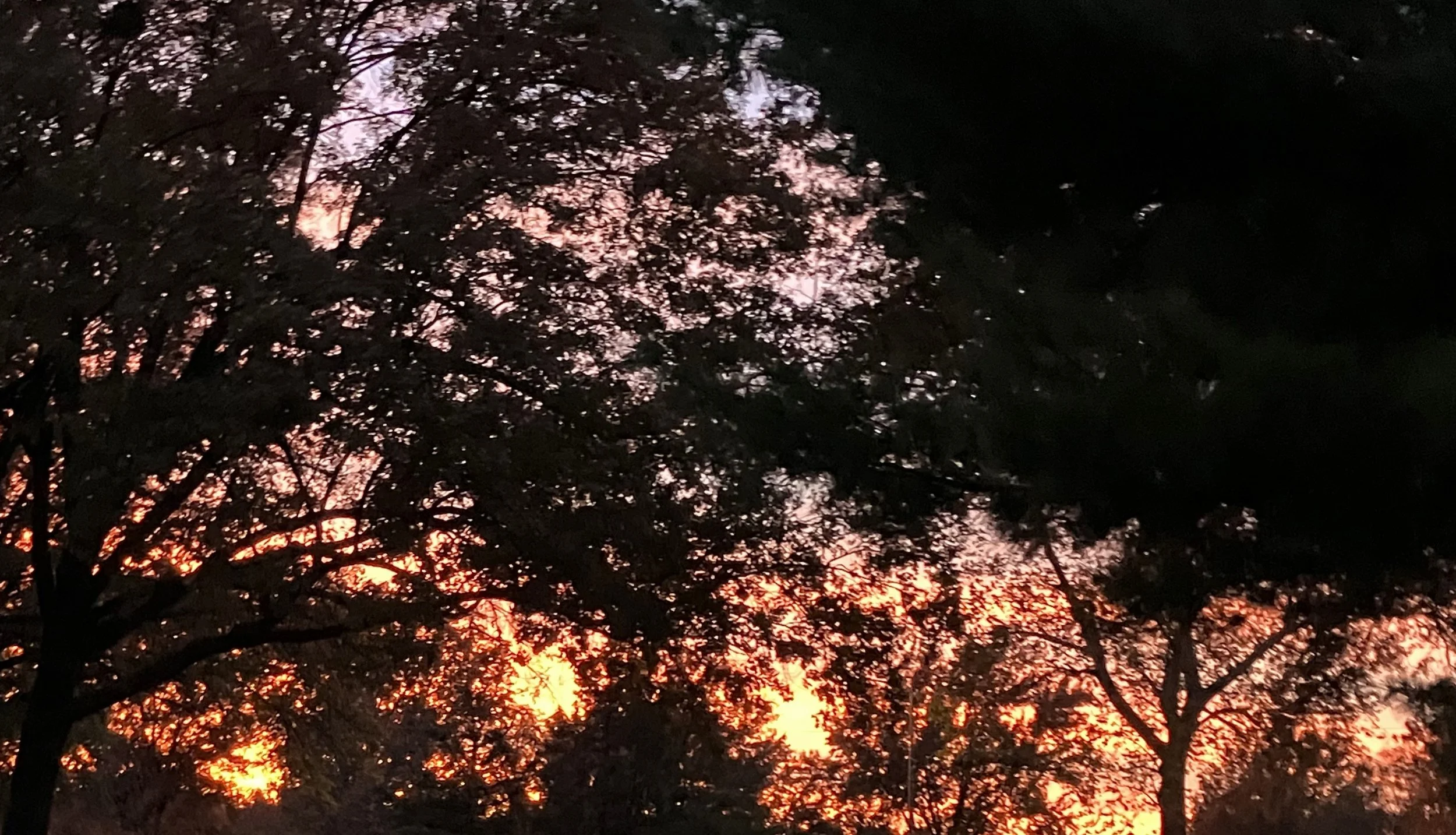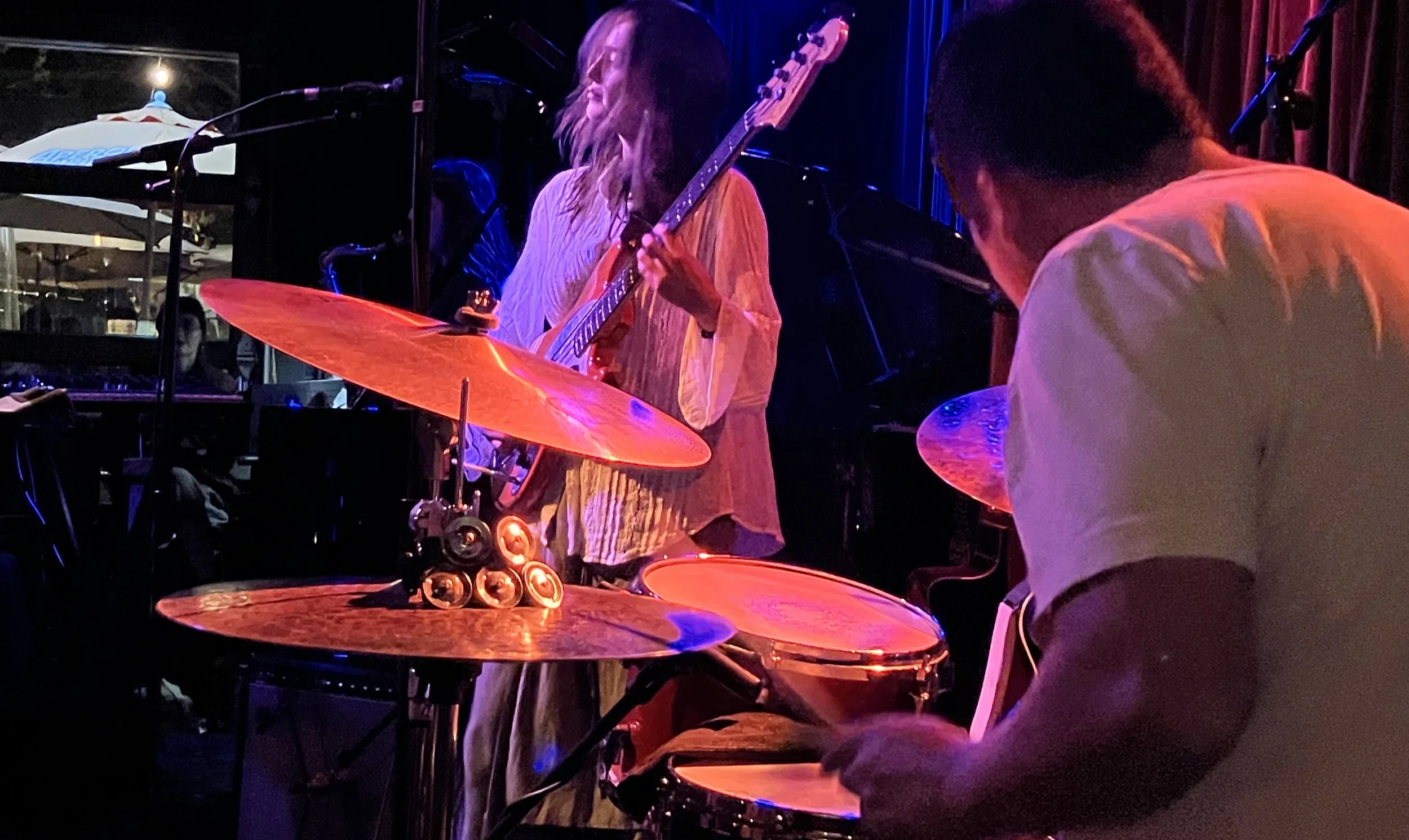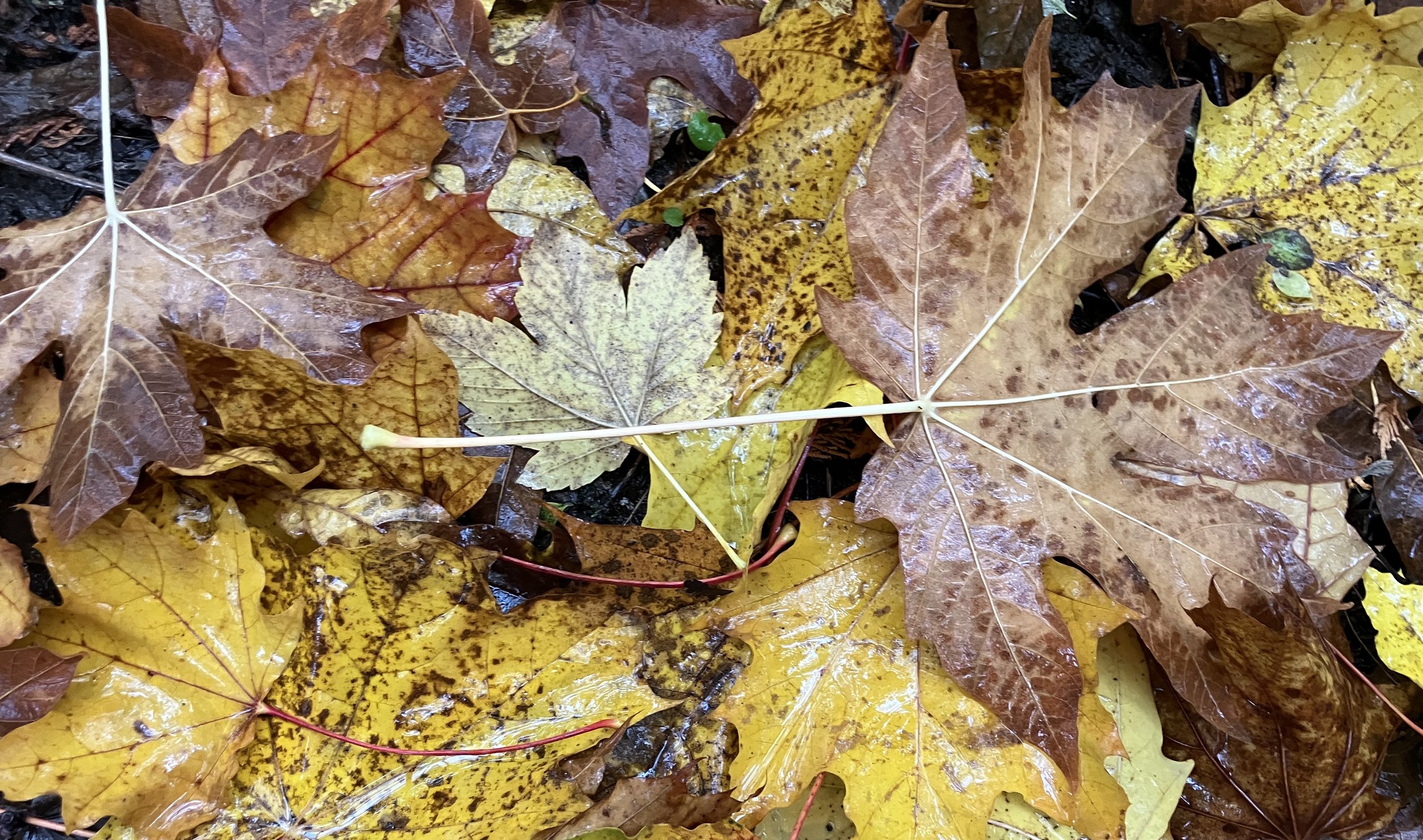Bandleader Ryan Heinlein recently announced that The Project H’s appearance at The Ship on Thursday, December 11, will be the final performance of the Kansas City band. The embedded video was filmed in 2015.
Confirmation: Weekly News and Notes
Original image by Plastic Sax.
*Tim Whitmer was featured on KCUR’s Up To Date. The program also highlighted area jazz musicians’ cultural exchange in China.
*Bobby Watson was included in a roundup of notable locally based artists.
*Dave Scott and Drew Williams chatted with Joe Dimino.
*The man behind Plastic Sax highlighted tracks by Pete Fucinaro, Eddie Moore and Jackie Myers on the December 9 edition of 90.9 The Bridge’s Eight One Sixty program.
Album Review: The Tim Whitmer Goodtime Quartet featuring Rod Fleeman- Happy Holidays
The same qualities that occasionally threaten to make the music of Tim Whitmer offputting- relentless cheerfulness and giddy sentimentality- have produced an instant seasonal classic. Happy Holidays is imbued with the benevolent spirit associated with Christmas.
Whitmer, a Kansas City institution, is joined by guitarist Rod Fleeman, saxophonist Mike Herrera, bassist Chase McRoy and drummer Ray DeMarchi on original compositions and holiday standards. Whitmer’s trademark glee is ideally suited to the material.
The band plays in the genial bluesy Kansas City tradition throughout the live session. Sustaining his remarkable career renaissance, Whitmer sounds better than ever as he exhibits his stride piano mastery. Even so, Fleeman steals the show.
The guitarist’s delightful original composition “It’s Christmas Time Again (At Last)” is followed by his transcendent solo reading of “The Christmas Song.” A wonderful gift for Kansas City jazz enthusiasts, Happy Holidays is a swinging bundle of yuletide joy.
(The album release show for Happy Holidays is 6:30 p.m. - 9:30 p.m. Wednesday, December 17, at Black Dolphin.)
Now’s the Time: Drew Williams
Stray Cat Film Center hosts performances by Drew Williams and Torches Mauve on Thursday, December 4. The event is an album release show for Williams’ Demons Hate Fresh Air. Williams interprets a Thom Yorke song in the embedded video.
Confirmation: Weekly News and Notes
Original image by Plastic Sax.
*Stephen Wilson, the owner of Upcycle Piano Craft, counts Tim Whitmer and Green Lady Lounge among his favorite musicians and venues in Kansas City.
*Tim Whitmer spoke to Joe Dimino about his new Christmas album.
*The author of Plastic Sax featured two Kansas City jazz musicians on the KKFI radio program Wednesday Midday Medley last week.
Album Review: Gerald Spaits Quartet- Sunday Night Live at Green Lady Lounge
Sunday Night Live at Green Lady Lounge is representative of one of the primary reasons I’m glad to live in the Kansas City area. Access to impeccable improvised music seven nights a week- even on a traditionally off night for entertainment- is a tremendous boon to my quality of life.
On Sunday, November 23, for instance, I heard bassist Gerald Spaits, saxophonist David Chael, guitarist Danny Embrey and drummer Brian Steever play cultivated jazz at Green Lady Lounge. The quartet is a genuine supergroup in Kansas City’s jazz community.
The partnership fulfills expectations on Sunday Night Live at Green Lady Lounge. Sophisticated playing is augmented by memorable original compositions such as “Public Works” and “This Must Be.” Even more than the other top releases of 2025, the album reflects the robust state of the music in Kansas City.
Now’s the Time: Laura Anglade and the Ben Rosenblum Trio
The Canadian vocalist Laura Anglade and the New York based trio led by pianist Ben Rosenblum perform together at Upcycle Piano Craft on Tuesday, December 2. Anglade’s recent appearance on The Late Show with Stephen Colbert is featured in the embedded video.
Confirmation: Weekly News and Notes
Original image by Plastic Sax.
*A blogger reviewed Samara Joy’s concert at the Folly Theater.
*Happy Holidays, the new album by Tim Whitmer’s Good Time Quartet featuring Rod Fleeman, is available on streaming services. The release party will be held at Black Dolphin on Wednesday, December 17.
*Joe Dimino shared footage of a performance by Mire Pral.
Plastic Sax’s Favorite Albums of 2025
The Top Ten Albums of 2025 by Kansas City Artists
1. Carl Allen- Tippin’
Plastic Sax review.
2. Brittany Davis- Black Thunder
Plastic Sax review.
3. Hermon Mehari and Tony Tixier- Soul Song
Plastic Sax review.
4. Pete Fucinaro- Little Window
Plastic Sax review.
5. Henry Scamurra- Urban Forum
Plastic Sax review.
6. Seth Andrew Davis and Krista Kopper- Popular Mechanics
Plastic Sax review.
7. Drew Williams- Demons Hate Fresh Air
Review forthcoming.
8. Jackie Myers- What About the Butterfly
Plastic Sax review.
9. Gerald Spaits- Sunday Night Live at Green Lady Lounge
Plastic Sax review.
10. Eddie Moore- What Makes Us
Plastic Sax review.
The Top Ten Albums of 2025 by Artists from Elsewhere
1. Linda May Han Oh- Strange Heavens
2. Sylvie Courvoisier and Mary Halvorson- Bone Bells
3. Gerald Clayton- Ones & Twos
4. Charles Lloyd- Figure in Blue
5. Patricia Brennan- Of the Near and Far
6. Vijay Iyer and Leo Wadada Smith- Defiant Life
7. Anouar Brahem- After the Last Sky
8. Ches Smith- Clone Row
9. Trio of Bloom- Trio of Bloom
10. Camila Nebbia, Marilyn Crispell and Lesley Mok- A Reflection Distorts Over Water
Last year’s listings are here.
Now’s the Time: Samara Joy
Samara Joy returns to the Folly Theater on Saturday, November 22. The vocalist’s 2023 performance at the concert hall was magnificent.
Confirmation: Weekly News and Notes
Original image by Plastic Sax.
*Joe Dimino interviewed Brian Baggett.
*A man laments the location of a new parking lot being built on the east side of Paseo Boulevard in the Jazz District in a television news report.
*Corvino, a restaurant that once regularly hosted live jazz performances, will close at the end of the year.
Concert Review: Cory Weeds, David Rourke, Chris Hazelton and Rudy Petschauer at Westport Coffee House
Original image by Plastic Sax.
Horrid pop hits associated with one of the goofiest pop stars of the 1980s were transformed into dazzling reveries at Westport Coffee House on Sunday, November 9. Fifty people paid a $15 cover charge to witness the soul-jazz miracle.
Reminiscing about a road trip he took with the Kansas City organist Chris Hazelton more than a decade ago, the Canadian saxophonist Cory Weeds recalled a Huey Lewis compact disc provided the sole sonic diversion on the trek.
Still uneasy with the “stupid idea,” Weeds confessed thinking that “these tunes lend themselves to a greasy organ quartet.” Along with guitarist David Rourke and drummer Rudy Petschhauer, Weeds and Hazelton fulfilled that vision by means of immense talent and supercolossal swing.
Hazelton’s arrangements made Lewis material like “Do You Believe in Love” no less effective than interpretations of a few jazz-rooted compositions during the 90-minute performance. Weeds’ assessment was accurate: “in the hands of Chris Hazelton anything is possible.”
Setlist: The Power of Love, Measy’s Back in Town (sp?), Hip to Be Square, At Long Last, I Want a New Drug, Bad Is Bad, Boop Bop Bing Bash, Do You Believe in Love, If This Is It
Now’s the Time: Russell Gunn
Russell Gunn will perform with Marcus Lewis’ Brass and Boujee and the UMKC Jazz Orchestra at White Recital Hall on Monday, November 17. The trumpeter has pushed against jazz’s status quo for more than thirty years.
Confirmation: Weekly News and Notes
Original image by Plastic Sax.
*Basie Rocks, the Count Basie Orchestra’s collaboration with vocalist Deborah Silver, was nominated for a Grammy Award in the category of Best Large Jazz Ensemble Album. Just Us, the new album by Bob James and Dave Koz, received a Grammy nomination in the category of Best Contemporary Instrumental Album.
*Joe Dimino shared footage of performances led by Clint Ashlock and Cory Weeds.
*Nina Cherry checked in with pianist Ryan Marquez.
Concert Review: OHMA at The 1905
Original image by Plastic Sax.
My return to Portland’s resurrected jazz supper club The 1905 wasn’t quite perfect on Sunday, November 2. One couple amid the capacity audience of 50 occasionally raised their voices above the cosmic future-jazz of OHMA. Aside from that blemish, the experience was copacetic.
OHMA, the duo of multi-instrumentalists Mia Garcia and Hailey Niswanger, appeared at the Earshot Jazz Festival in Seattle the previous night. Supplemented by drummer Cory Limuaco, OHMA leaned more into jazz than it did at its 2022 concert at the Midland Theatre in Kansas City.
Both The 1905 and OHMA seem to be flourishing. The club’s atmosphere was even more welcoming than on my previous visit. And Garcia and Niswanger are at the crest of a musical wave that includes fashionable acts like Carlos Niño and SML. Given the $30 cover charge, near-perfection was good enough.
Now’s the Time: Acute Inflections
Acute Inflections interprets R&B, neo-soul and reggae standards with a jazz sensibility. The New York based duo with a DIY approach to touring performs at the Gem Theater on Tuesday, November 18.
Confirmation: Weekly News and Notes
*OJT is featured on the most recent episode of Kansas Public Radio’s Live at Green Lady Lounge program.
Album Review: Brian Baggett Trio- Nothing Left to Lose: Live at Green Lady Lounge, Volume 2
Brian Baggett is the most rock-leaning guitarist on the auspicious roster of the Live at Green Lady Lounge album series. Nothing Left to Lose: Live at Green Lady Lounge, Volume 2 is the collection’s most adventurous album to date.
Recorded April 28, 2025, the album draws on sounds beyond the upbeat Kansas City swing associated with Green Lady Lounge. Baggett, bassist Seth Lee and drummer Sam Platt offer shades of surf rock on “Looking for the Right Places.”
The title track suggests the flair of John Barry’s iconic James Bond theme. In spite of the black metal-sounding moniker, “Borborygmus” is closer to the space age bachelor pad music of Esquivel than the malevolent thrash of Behemoth.
The pulsating dissonance opening a hairy version of the Green Lady Lounge staple “Manly Bunny” gives jazz-curious rock-and-rollers an even better reason to check out Baggett. Nothing Left to Lose will be available on streaming services on November 10. The release show for the album is Monday, November 17, at Green Lady Lounge.
Now’s the Time: Jazz at Lincoln Center Orchestra with Wynton Marsalis
Wynton Marsalis and The Jazz at Lincoln Center Orchestra return to the Lied Center on Thursday, November 6. The ensemble will premiere a University of Kansas-themed piece titled “Wave the Wheat Suite.”
Confirmation: Weekly News and Notes
Original image by There Stands the Glass.
*A television news outlet suggests The Phoenix may be haunted.
*The New York Times reports that Charlie Parker 78s are spun at The Hot Club of New York.
*Bram Wijnands’ live accompaniment to a vintage horror film is among the upcoming events recommended by In Kansas City magazine.


